We’ll be attending the EMRS Spring Conference in Lille next week, and we’re going to keep you updated on all the latest.


We’ll be attending the EMRS Spring Conference in Lille next week, and we’re going to keep you updated on all the latest.
A Korean group enhance the sensitivity of pressure-sensitive rubber by introducing reverse-micelle-induced pores into conventional PSRs.
A mechanism of growth of anisotropic metal oxides that was predicted 20 years ago has been observed for the first time.
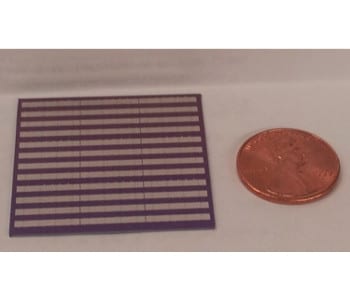
Researchers create an artificial chemical sensor based on one of the human body’s most important receptors.
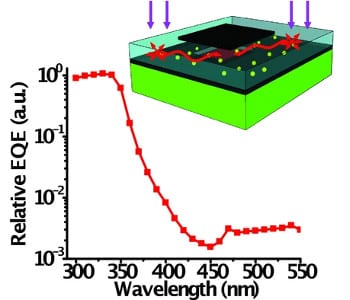
A self-powered, visible-blind UV detection design using silicon based photodetectors combined with UV sensitive luminescent materials has been developed.
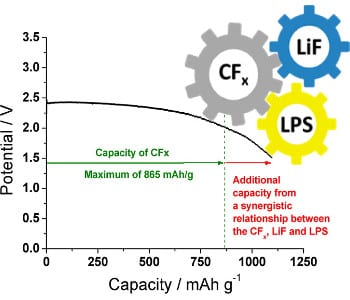
Researchers at ORNL have developed an unconventional battery chemistry aimed at producing batteries that last longer than previously thought possible.

Penn state engineers create specially formed material that can provide custom broadband absorption in the infrared using genetic algorithms.

Researchers have fabricated compact SOI CMOS microchips that perform at temperatures the current generation of electronics can’t handle.
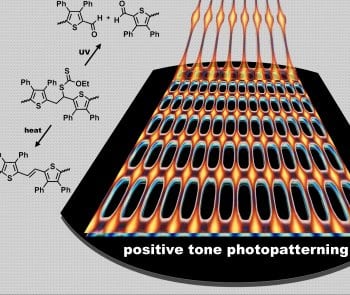
Researchers from the Sandia National Laboratories developed a new patterning technique where the patterned portion of the film is not exposed to UV light.
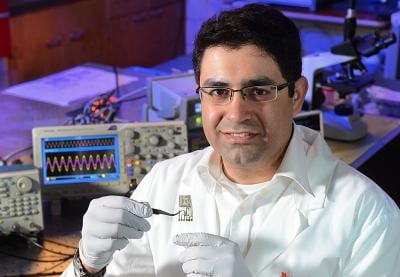
Iowa State scientist developing materials, electronics that dissolve when triggered.